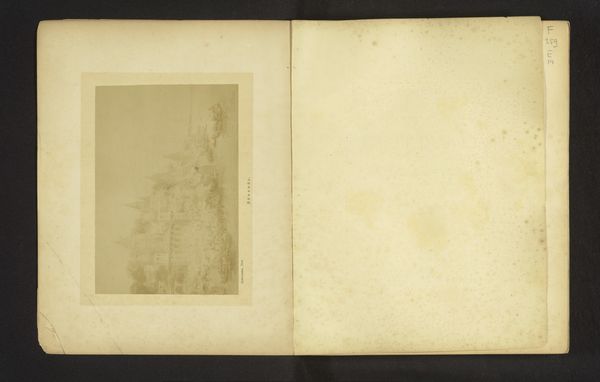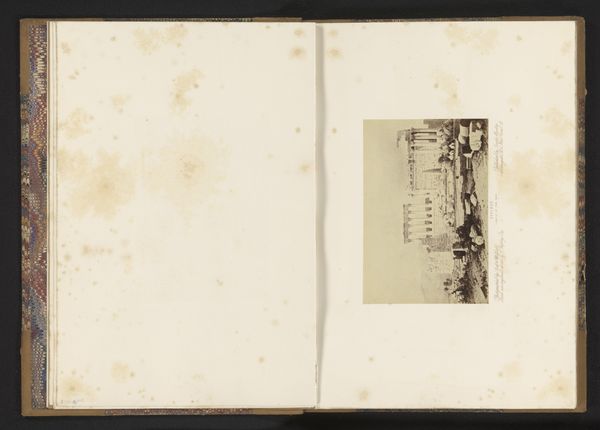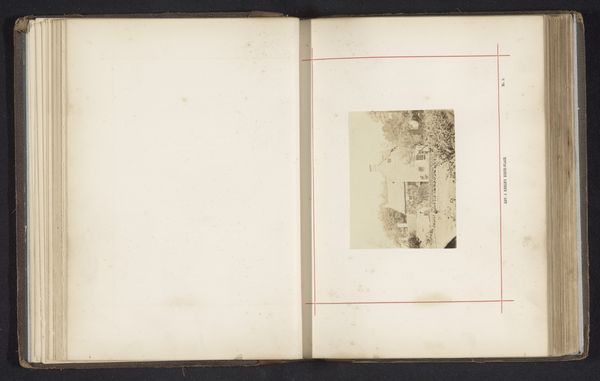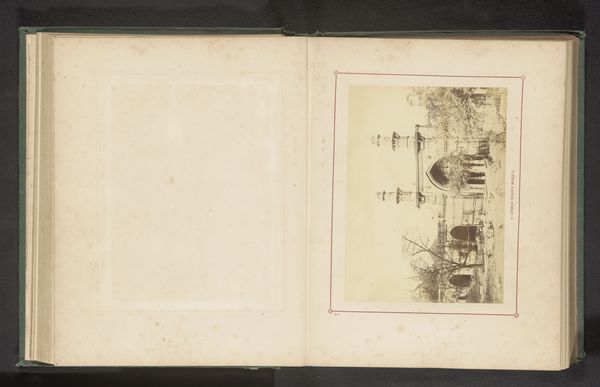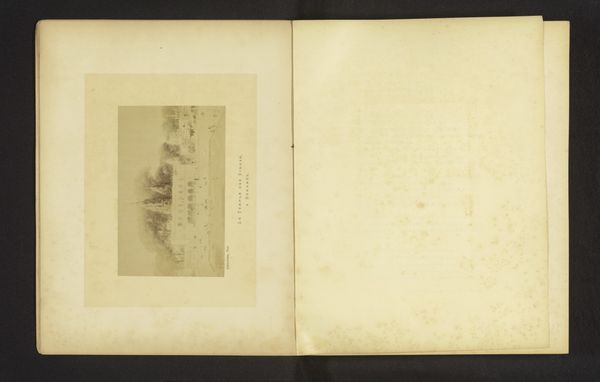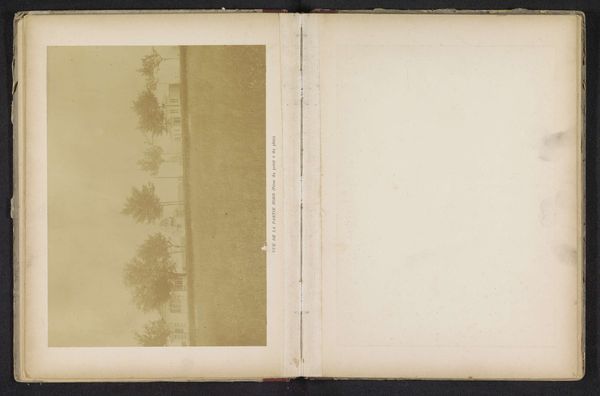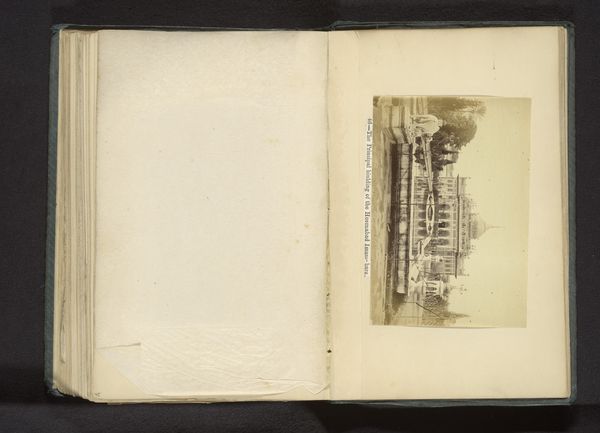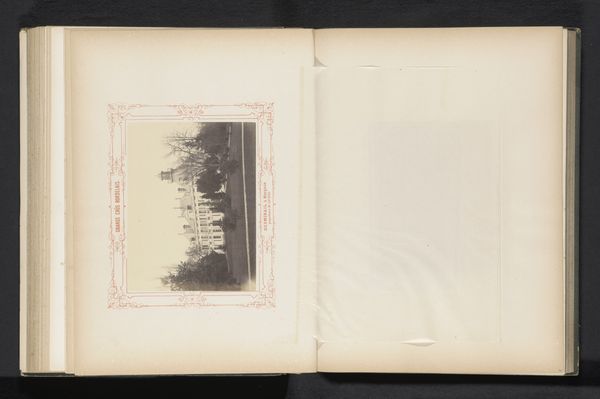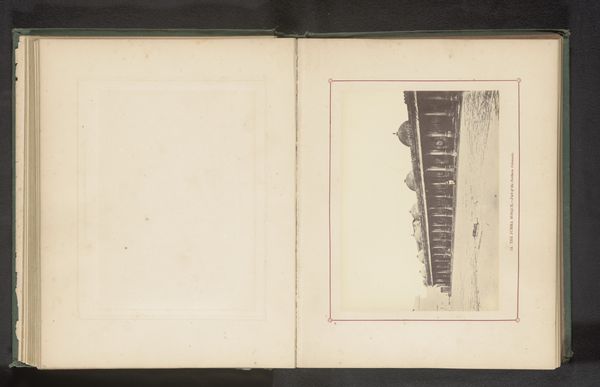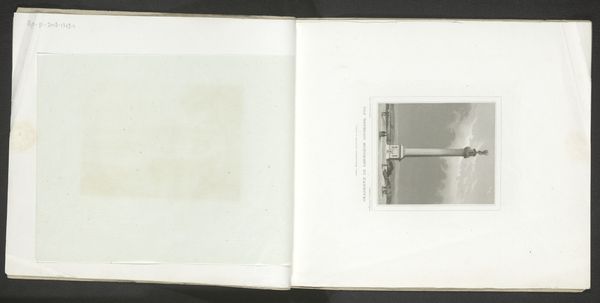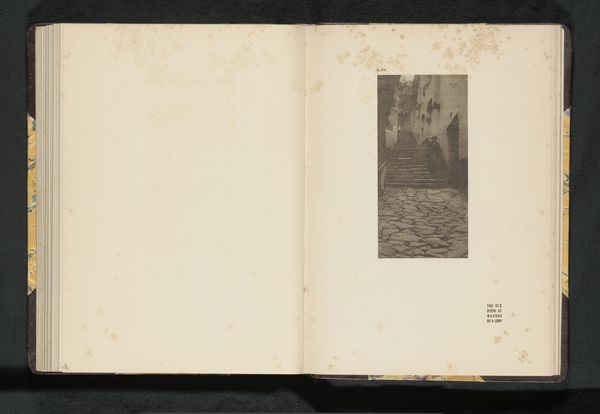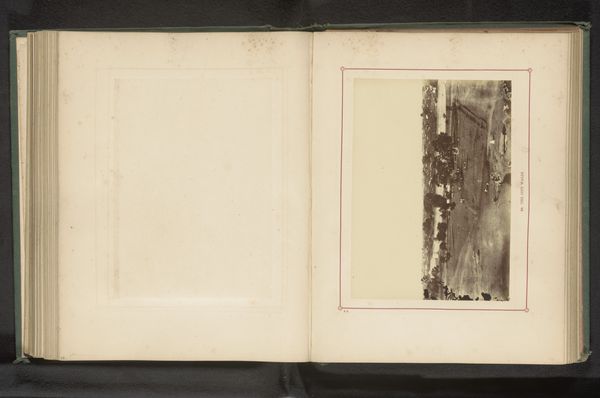
print, photography
# print
#
asian-art
#
landscape
#
photography
#
orientalism
Dimensions: height 132 mm, width 177 mm
Copyright: Rijks Museum: Open Domain
Editor: This is an albumen print titled "Gezicht op de Harmandir Sahib in Amritsar," taken by Alexandre sometime before 1885. The sepia tones lend it a slightly aged feel. I'm curious about its historical context and the process of creating these prints. What catches your eye when you look at this? Curator: Immediately, I consider the conditions of its production. What chemicals were readily available, and how did the photographer gain access to them? The print's tone reveals a specific material process. It makes you wonder about trade routes and the global exchange of goods like silver nitrate in the 19th century. Editor: That's a perspective I hadn’t considered. So you’re saying the print itself tells a story about commerce and material access? Curator: Absolutely. Photography in colonial contexts was rarely just about capturing images. It was about the logistical realities of bringing specialized materials and technologies to distant locations. The "Orientalist" tag is also important; it speaks to the Western gaze and its material influence. Editor: The way you discuss the photographer's choice of materials as embedded in larger geopolitical systems is really insightful. Curator: It’s about moving past aesthetic appreciation and considering art as a product of material circumstances. The labor involved in the printing process also has to be brought up - was it locally sourced, who was profiting? This print encapsulates so much. What do you think about the decision of creating an album page with this single image, instead of simply making it available as a separate photography? Editor: That's a great question that pushes us to consider its display and consumption more closely! I will have to do a bit more of reading on this matter. Thanks! Curator: It was enlightening for me as well.
Comments
No comments
Be the first to comment and join the conversation on the ultimate creative platform.
